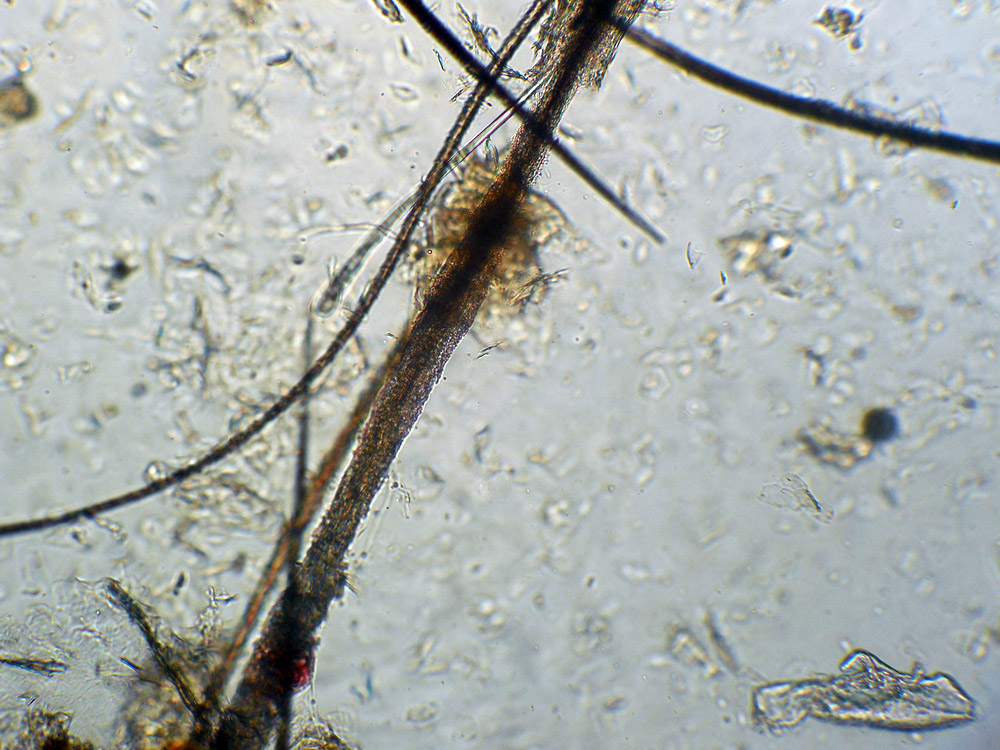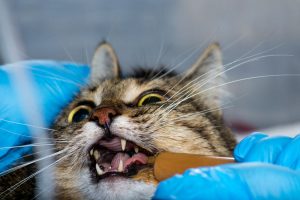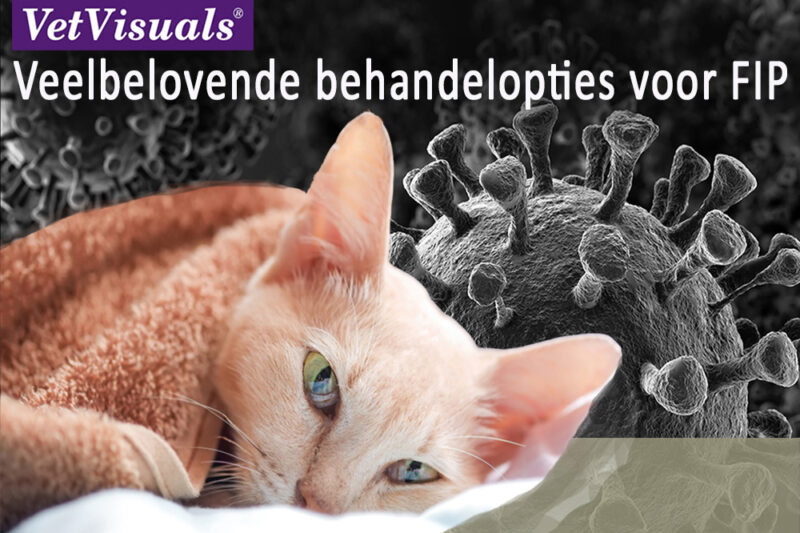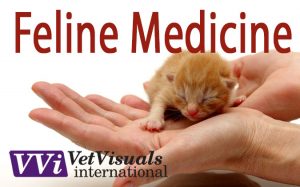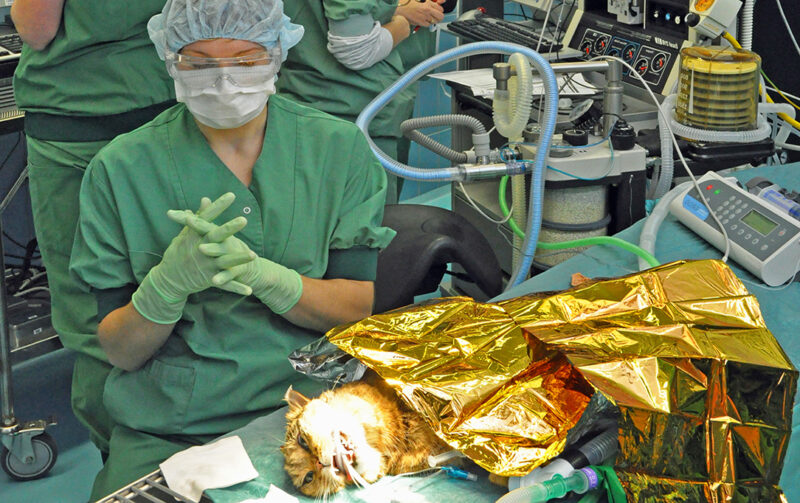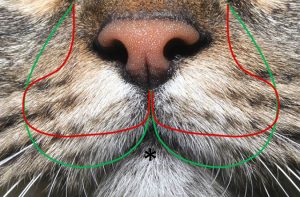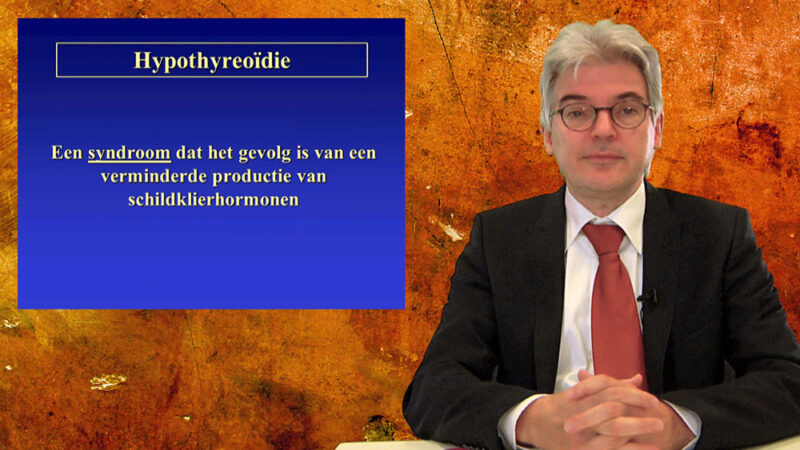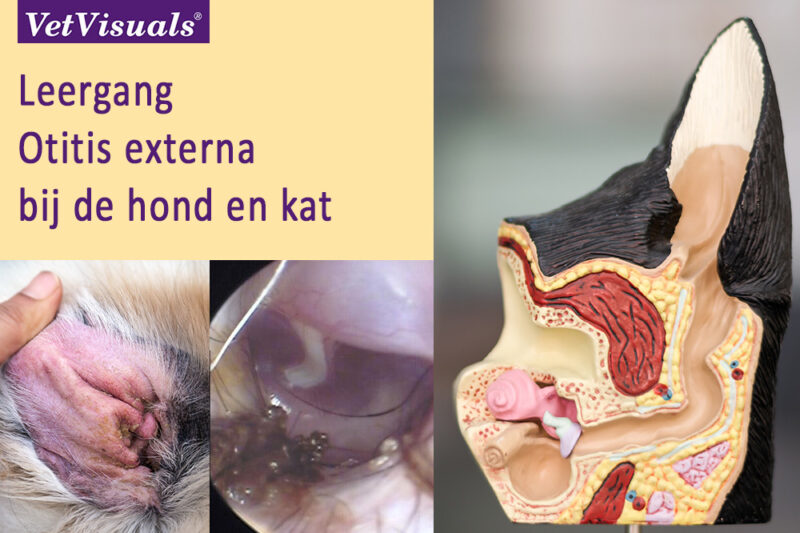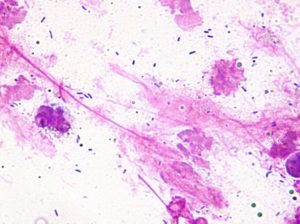
Castratie bij de reu
January 21, 2019
Inflammatory bowel disease (IBD) heeft grote gevolgen voor de hond
January 21, 2019Ringworm in cats and dogs
€24.95
In this article you will receive a refresher on the infectious agent, it’s pathogenesis, diagnosis and treatment options. We will also discuss the environmental and animal management requirements to prevent reinfection and transmission of infection.
Ringworm is the common name for dermatophytosis, a fungal infection of the skin.
Understanding dermatophytosis is important as it is one of the most common infectious skin diseases and can spread to other animals as well as people. It is also one of the most common zoonotic diseases encounted in practice and it is important for veterinarians to have a sound understanding of the condition as treatment and management can be expensive and seem impractical in many situations.
Zoonotic aspects of dermatophytes
Of the zoophilic dermatophytes M.canis is the species most likely to cause a zoonotic infection.
Infection occurs via direct contact between infective spores and a susceptible host. Children are most commonly infected, possibly due to their closer physical contact with pets, but also due to their developing immune systems. Incubation period are 1-4 weeks. Lesions are often seen initially as areas of circular pruritic dermatitis (5), but in Europe M.canisis commonly associated with scalp infections in children.
Historically, there has been a concern about zoonotic infections via environmental contamination from infected pets, but confirmed reports of this are rare (6). However, reasons for environmental decontamination will be discussed later in the article.
In this article you will receive a refresher on the infectious agent, it’s pathogenesis, diagnosis and treatment options. We will also discuss the environmental and animal management requirements to prevent reinfection and transmission of infection.
Table of contents

Castratie bij de reu
January 21, 2019
Inflammatory bowel disease (IBD) heeft grote gevolgen voor de hond
January 21, 2019Ringworm in cats and dogs
€24.95
In this article you will receive a refresher on the infectious agent, it’s pathogenesis, diagnosis and treatment options. We will also discuss the environmental and animal management requirements to prevent reinfection and transmission of infection.
Ringworm is the common name for dermatophytosis, a fungal infection of the skin.
Understanding dermatophytosis is important as it is one of the most common infectious skin diseases and can spread to other animals as well as people. It is also one of the most common zoonotic diseases encounted in practice and it is important for veterinarians to have a sound understanding of the condition as treatment and management can be expensive and seem impractical in many situations.
Zoonotic aspects of dermatophytes
Of the zoophilic dermatophytes M.canis is the species most likely to cause a zoonotic infection.
Infection occurs via direct contact between infective spores and a susceptible host. Children are most commonly infected, possibly due to their closer physical contact with pets, but also due to their developing immune systems. Incubation period are 1-4 weeks. Lesions are often seen initially as areas of circular pruritic dermatitis (5), but in Europe M.canisis commonly associated with scalp infections in children.
Historically, there has been a concern about zoonotic infections via environmental contamination from infected pets, but confirmed reports of this are rare (6). However, reasons for environmental decontamination will be discussed later in the article.
In this article you will receive a refresher on the infectious agent, it’s pathogenesis, diagnosis and treatment options. We will also discuss the environmental and animal management requirements to prevent reinfection and transmission of infection.
Table of contents
You may also like…
-
Lidmaatschap VetVisuals – Nascholing dierenarts
€575.00Kwaliteit nascholing voor dierenarts gezelschapsdieren! Objectief, evidence-based en onafhankelijk. VetVisuals International voorziet de gezelschapsdierenartspraktijk wekelijks van essentiële veterinaire nascholing in de vorm van cursussen, artikelen, video’s, protocollen en adviesbrieven (voor diereigenaren).


